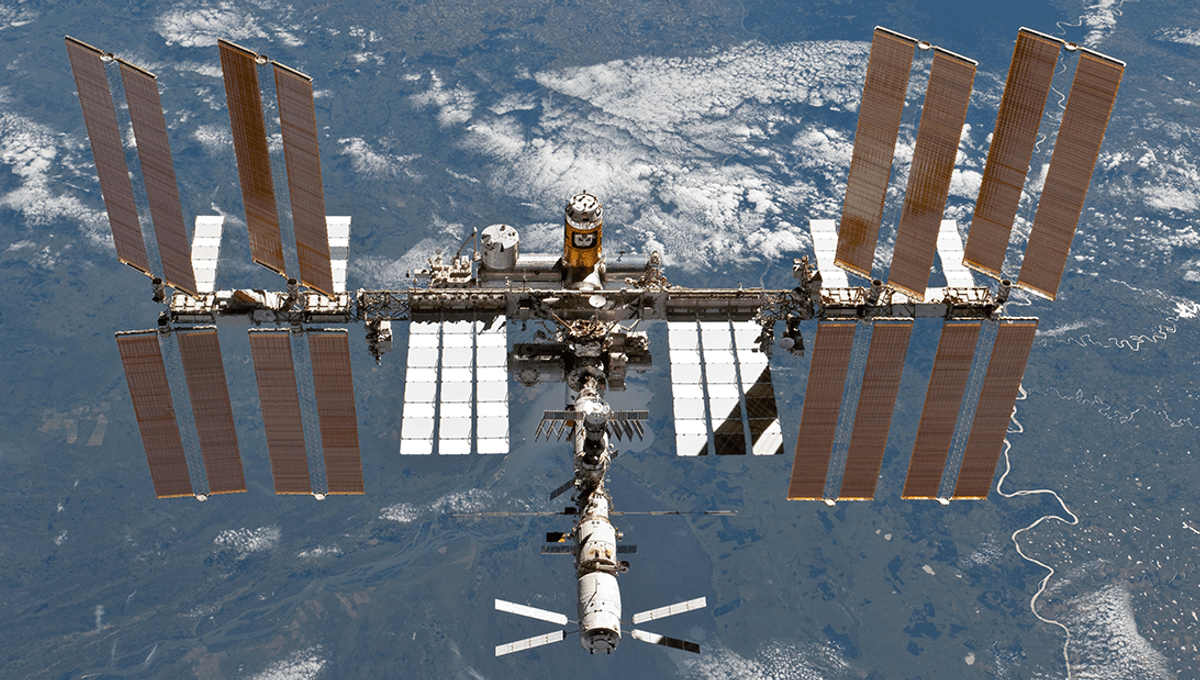
Humans have been living continuously in space for nearly 24 years, with astronauts and cosmonauts living aboard the spacecraft since astronaut Bill Shepherd and cosmonauts Yuri Gidzenko and Sergei Krikalev first boarded the International Space Station (ISS) on Halloween, 2000.
All good things must come to an end, and NASA is now planning for the demise of humanity’s orbiting laboratory. The American space agency announced on Wednesday that it has selected SpaceX to develop and build the Deorbit Vehicle that will be used to deorbit the space station at the end of its operational life, bringing it safely down to Earth.
“Selecting a US Deorbit Vehicle for the International Space Station will help NASA and its international partners ensure a safe and responsible transition in low Earth orbit at the end of station operations. This decision also supports NASA’s plans for future commercial destinations and allows for the continued use of space near Earth,” Ken Bowersox, associate administrator for Space Operations Mission Directorate at NASA Headquarters in Washington, said in a statement. “The orbital laboratory remains a blueprint for science, exploration, and partnerships in space for the benefit of all.”
The initial pieces of the ISS were launched in 1998, and by the time operations are over in 2030 they will have been in space for two years longer than their planned lifespan. It is these parts, forming the structure of the space station, that mean the ISS can not continue beyond 2030.
“Much of the space station can be repaired or replaced in orbit, while other parts can be returned to the ground for repair and relaunched. These parts include the solar arrays, communications equipment, life support equipment, and science hardware,” NASA explains. “However, the primary structure of the station, such as the crewed modules and the truss structures, cannot be repaired or replaced practically.”
As spacecraft dock and undock to the ISS, and the space station moves in and out of sunlight, this places stresses on those structures.
“These forces were accounted for in the original 30-year structural life estimate, and while NASA’s flown experience indicates the actual forces imparted to the station have been less than originally forecast, there is still a finite lifetime available in the primary structure,” NASA continued.
Though the space station has functioned incredibly well over its lifespan, as it has aged leaks have begun to spring up. NASA is now planning for the end of an incredible project, which saw five space agencies collaborate to operate a laboratory soaring above our heads at around 28,000 kilometers per hour (17,500 miles per hour). Though SpaceX will operate the project, with a potential value of $843 million, NASA will run and take ownership of the Deorbit Vehicle and mission to deorbit the aging space station.
Source Link: NASA Begins Plans To Crash The International Space Station Into The Ocean